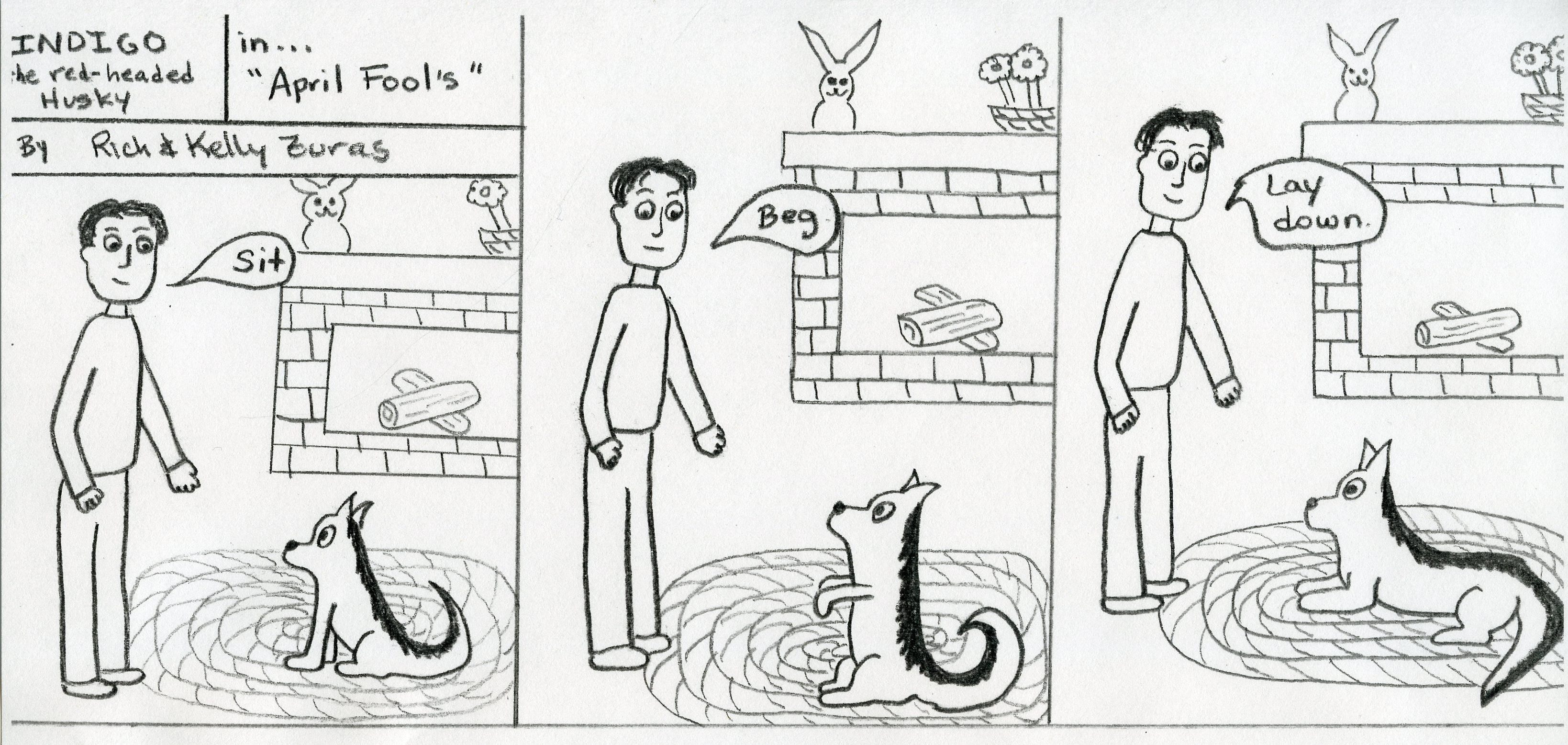On June 1, 2013, the University of Maine of Presque Isle started its new smoking policy, which effectively made the campus into a tobacco-free school, prohibiting the use of any tobacco or non-FDA-approved nicotine products, including smokeless tobacco and electronic nicotine cigarettes (e-cigarettes). The policy applies to all full-time/part-time employees, faculty, students, contractors, vendors and visitors. But how does the policy work against the rise of Juul and other vape products? Professor Allen Salo and his assistant Kelly McNary may have the answers.
Later in 2013, Salo gave the first of three surveys that focused on the campus’ smoking policy with a four-year follow-up and a third one earlier this spring. “Back in 2013, we heard that the university was going to initiate a new policy in which the campus will be tobacco-free. This was back when the use of Juuls and e-cigarettes was in its infancy. But the policy still included e-cigarettes. What motivated us to conduct the third survey was due to the social changes on e-cigarettes as a whole,” Salo said.
This particular survey was focused on student views on the six facts extracted from the tobacco policy.
The survey also included yes/no question list options, either they agreed or disagreed, and point values. It also looked into other factors such as age, gender and their current living area on campus. In total, 142 students participated: 78 were female, 64 were male. All were within the ages of 17-63.
“This particular survey had the intention to see how knowledge and attitudes toward the tobacco-free policy had progressed over the past six years. It also showed us what the attitudes are for e-cigarettes because they are becoming so popular. Another point of the presentation was to bring everyone up to speed on what’s going on,” McNary said.
Among all of the results found in the surveys, 59 percent of students thought that e-cigarettes were as harmful as cigarettes, 22 percent thought that they are less harmful. Of respondents, 22 percent thought they were cheaper, 51 percent thought they were more expensive. Of those surveyed, 24 percent thought that it’s easier to quit e-cigarettes, 8 percent said that tobacco was easier to quit. Half of the total participants had negative comments; 15 percent of those negative comments were focused on the regulations.
Negative comments aside, the pair still plan to expand on their research and eventually plan to develop everything from their research for a professional journal in the near future. “We don’t intend to change the policy. We just want to bring system-wide on the policy against e-cigarettes,” McNary added. With 20 percent of the nation’s high school students and 5 percent of middle school students having tried e-cigarettes in 2018, it is very important to bring awareness to everyone by the time they enroll in college.


